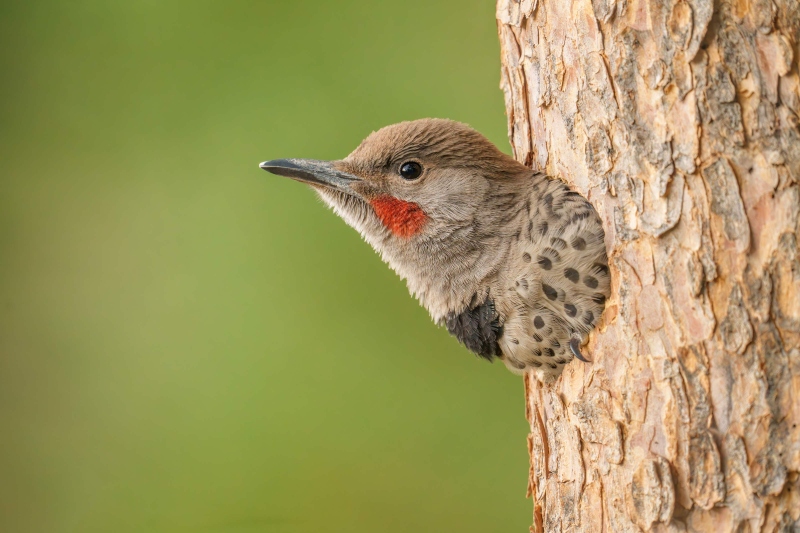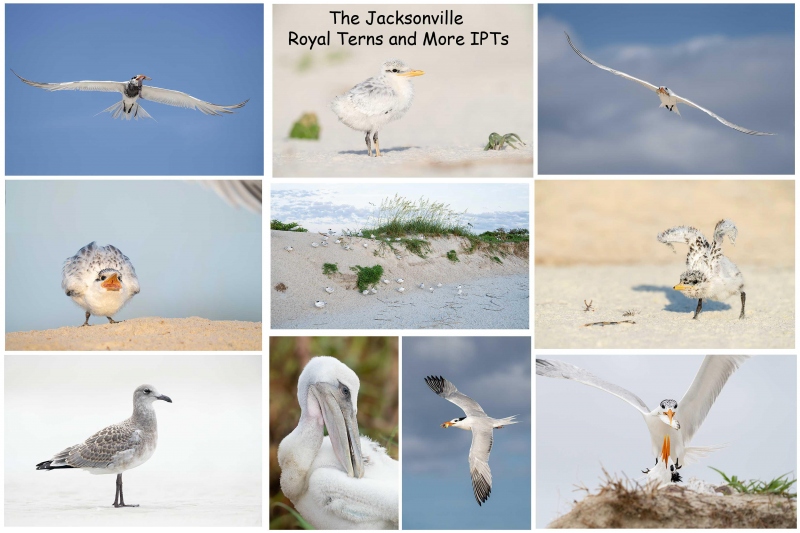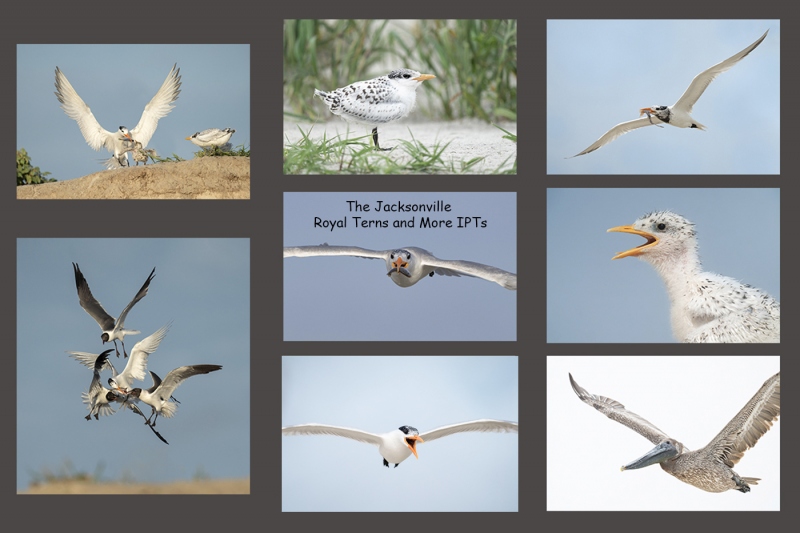Important Notice
After an update on 4 May, WordPress stopped sending post notifications. We have been aware of the issue and are working on rectifying it. You can always visit the blog by visiting or bookmarking www.BIRDSASART-Blog.com.
Supporting My Efforts Here
If you enjoy and learn from the blog, please consider using one of my affiliate links when purchasing new gear. It will never cost you a single penny. To support my effort here, please order from B&H by beginning your search here. Or, click here, to order from Bedfords and enter the discount code BIRDSASART at checkout to receive 3% cash back to your credit card and enjoy free Second-Day Air Fed-Ex shipping. It is always best to write for advice via e-mail.
In many cases, I can help you save some serious dollars. And/or prevent you from purchasing the wrong gear.
Summer On Long Island
Check out the July and August Nickerson Beach (& JBWR) IPT offerings here and consider joining us to learn a ton, make lots of great images, and improve your image processing skills.
What’s Up?
Not much. I have been busy getting ready to head up to Jacksonville next week to photograph the more than 20,000 pairs of Royal Terns and Laughing Gulls with chicks of varying ages (almost surely including some fledged and flying young of both species.) Due to a cancellation, there is a single opening. See below for details. Shoot me an e-mail for late registration discount info.
Today is Saturday 6 July 4 2024. After getting a call from my tax account, Chip Jackson, I realized that I need to get back to doing some serious work on my 2023 taxes. I need to have my stuff in Chip’s hands no later than 7 September and I will not be taking the stuff with me to Long Island … Wherever you are a whatever you are doing, I hope that you too have a great day :-).
Please remember to use the B&H and Amazon links that are found on most blog pages and to use the BIRDSASART discount code at checkout when purchasing your new gear from Bedfords to get 3% back on your credit card and enjoy free second-day air FedEx. Please, also, consider joining a BAA IPT. You will be amazed at how much you will learn!
You can find some great photo accessories (and necessities, like surf booties!) on Amazon by clicking on the Stuff tab on the orange/yellow menu bar above. On a related note, it would be extremely helpful if blog-folks who, like me, spend too much money on Amazon, would get in the habit of clicking on the Amazon logo link on the right side of each blog post when they shop online. As you might expect, doing so will not cost you a single penny, but would be appreciated tremendously by yours truly. And doing so works seamlessly with your Amazon Prime account.
If an item — a Delkin flash card, or a tripod head — for example, that is available from B&H and/or Bedfords, is also available in the BAA Online Store, it would be great, and greatly appreciated, if you would opt to purchase from us. We will match any price. Please remember also to use my B&H affiliate links or to earn 3% cash back at Bedfords by using the BIRDSASART discount code at checkout for your major gear purchases. Doing either often earns you free guides and/or discounts. And always earns my great appreciation.
|
|
|
This image was created on 28 June 2024 at Evergreen, CO. I used the Robus RC-5570 Vantage Series 3 Carbon Fiber Tripod/Levered-Clamp FlexShooter Pro-mounted Sony FE 600mm f/4 GM OSS lens, the Sony FE 2.0x Teleconverter, and The One, the Sony Alpha 1 Mirrorless Digital Camera). The exposure was determined via Zebra technology with ISO on the thumb dial. ISO 5000. 1/200 sec. at f/8 (wide open) in Manual mode. When evaluated in RawDigger, the raw file brightness was determined to be one full stop under. AWB at 7:21:11am on a then mostly cloudy morning. Tracking: Expand Spot/AF-C with Bird-Eye/Face Detection performed perfectly. Be sure to click on the image to enjoy a high-res version. Image #1: Northern Flicker in nest cavity |
The Situation
This young flicker was just about ready to fledge when I photographed it two days before I headed home. Standing on a rocky hillside at eye level, I approached slowly to within 30 feet for this head portrait. I love the view of the single claw set against the bark of the pine.
The Tripod
As I knew that I would be working on more than a few uphill and downhill slopes in the mountains around Evergreen, Colorado, I left the Robus RC-5558 Vantage Series 3 Carbon Fiber Tripod and went with the taller Robus RC-5570 Vantage Series 3 Carbon Fiber Tripod. It turned out to be a wise decision that enabled me to get the tripod platform parallel to the ground in a variety of difficult, even tenuous situations.
Don’t Be Scared I
Do not be scared to purchase and use your mirrorless camera system’s 2X teleconverter. With dSLRs, the Nikon 2X was so poor that virtually no-one used them. I tried. I would bet that the Nikon Z Teleconverter TC-2x is capable of producing razor sharp images with the any of the Nikkor Z 600mm lenses. It seems however, that — due to sever sharpness problems with the Nikon AF-S Teleconverter TC-20E III (and others before that version), the Nikon faithful are still leery of working at 1200mm and get more pixels on the subject.
Both the Sony FE 2.0x Teleconverter and the Canon Extender RF 2x are more than capable of producing razor sharp results when used by folks with decent sharpness techniques with their respective 600mm lenses.
Don’t Be Scared II
Do not be scared to work at 1200mm with relatively slow shutter speeds. I have been comfortable working with shutter speeds as slow as 1/60 second for several decades. For today’s featured image, I went with a very safe 1/200 second.
Don’t Be Scared III
Do not be scared to utilize ridiculously high ISOs of from 4000 to 12800 and beyond. The double-noise reduction techniques detailed in Digital Basics III Video Series will consistently yield clean-as-a-whistle image files.
|
|
|
Clockwise from upper left corner around to center: ink-stained Royal Tern with squid for chicks; fluffy white Royal Tern Chick about two weeks old; Royal Tern with shrimp for chicks; 3-4 week old Royal Tern chick; incoming adult Royal Tern with greenback; Royal Tern in flight with juvenile mahi-mahi; large Brown Pelican chick preening; field guide portrait of fresh juvenile Laughing Gull; Royal Tern chick begging for fish from incoming adult. Join me at Huguenot Memorial Park this July |
Huguenot Memorial Park in Early Summer
Driving on the beach at Huguenot Memorial Park in early summer is a bird photographer’s delight. You park this side of the last rope on the beach and you are within 100 yards of the Royal Tern colony atop the dunes. There are also many thousand Laughing Gulls and a few Sandwich Terns breeding as well. In some years, there are some Brown Pelican nests on the ground! .
In early July, the tern chicks begin to make their way down to the flats to bathe and drink and get fed by the parents. On the way, they spend a lot of time on the face of the dune where they are easy to photograph at eye level. They may also gather in fairly large groups at the base of the dunes.
Flight photography both in the mornings and the afternoons can be quite excellent as the terns are carrying all manner of marine life to sustain the rapidly growing chicks: the adults are often seen flying around in search of their chicks with all sorts of small baitfish as well as immature fish, large shrimps, baby crabs, and even squid in their bills. The squid will squirt ink on the terns in protest. So if you see an adult Royal Tern flying around with a black necklace, you can understand why.
|
|
|
Clockwise from upper left corner around to center: Royal Tern chick feeding frenzy; Royal Tern nearly fledged chick; ink-stained Royal Tern with squid for chicks; Royal Tern chick begging; Brown Pelican immature tight flight; Royal Tern adult screaming — tight flight; Laughing Gulls mobbing Royal Tern to steal fish; Royal Tern with fish for chicks. Huguenot Memorial Park in July |
2024 Jacksonville IPT: 4 1/2 DAY option Monday 15 July 2024 through the morning session on FRI 19 JULY — $2299.00 (Limit 4 photographers/Openings: 1)
I first visited the beach nesting bird colony at Jacksonville in late June 2021. I was astounded. There were many thousands of pairs of Royal Terns nesting along with about 10,000 pairs of Laughing Gulls. In addition to the royals, there were some Sandwich Terns nesting. And there are several dozen pairs of Brown Pelicans nesting on the ground. Flight photography was non-stop astounding. And photographing the tern chicks was relatively easy. Folks could do the whole trip with the Sony 200-600, the Canon 100-500 RF, or the Nikon 500 PF or one of the many nw Z lenses. With a TC in your pocket for use on sunny days. Most of the action is within 100 yards of where we park (on the beach). As with all bird photography, there are times when a super-telephoto lens with either TC is the best tool for the job.
Morning sessions will average about three hours, afternoon sessions at least 1 1/2. On cloudy mornings with favorable winds, we may opt to stay out for one long session and skip the afternoon, especially when the afternoon weather forecast is poor. Lunch is included on all but the last day of each IPT and will be served at my AirBnB. After lunch, we will do image review and Photoshop sessions. My AirBnB is the closest lodging to the park.
The deposit is $599.00. Call Jim at the office any weekday at 863-692-0906 to pay by credit card. Balances must be paid by check.
What You Will Learn on a Jacksonville IPT
- 1- First and foremast you will learn to become a better flight photographer. Much better.
- 2-You will learn the basics and fine points of digital exposure. Nikon and Canon folks will learn to get the right exposure every time after making a single test exposure, and SONY folks will learn to use Zebras so that they can be sure of making excellent exposures before pressing the shutter button.
- 3- You will learn to work in Manual exposure mode even if you fear it.
- 4- You will learn to evaluate wind and sky conditions and understand how they affect bird photography, especially the photography of birds in flight.
- 5- You will learn several pro secrets (for each system) that will help you to become a better flight photographer.
- 6- You will learn to zoom out in advance (because the birds are so close!) 🙂
- 7- You will learn how to approach free and wild birds without disturbing them.
- 8- You will learn to spot the good and the great situations.
- 9- You will learn to understand and predict bird behavior.
- 10- You will learn to design pleasing images by mastering your camera’s AF system.
- 11- You will learn to choose the best perspective.
- 12- You will learn to see and control your backgrounds.
- 13- You will learn to see and understand the light.
- 14- You will learn to see and create pleasing blurs in pre-dawn situations.
- 15- You will learn to be ready for the most likely event.
And the best news is that you will be able to take everything you learn home with you so that you will be a better photographer wherever you are and whenever you photograph.
Typos
With all blog posts, feel free to e-mail or to leave a comment regarding any typos or errors.

















Leave a Reply